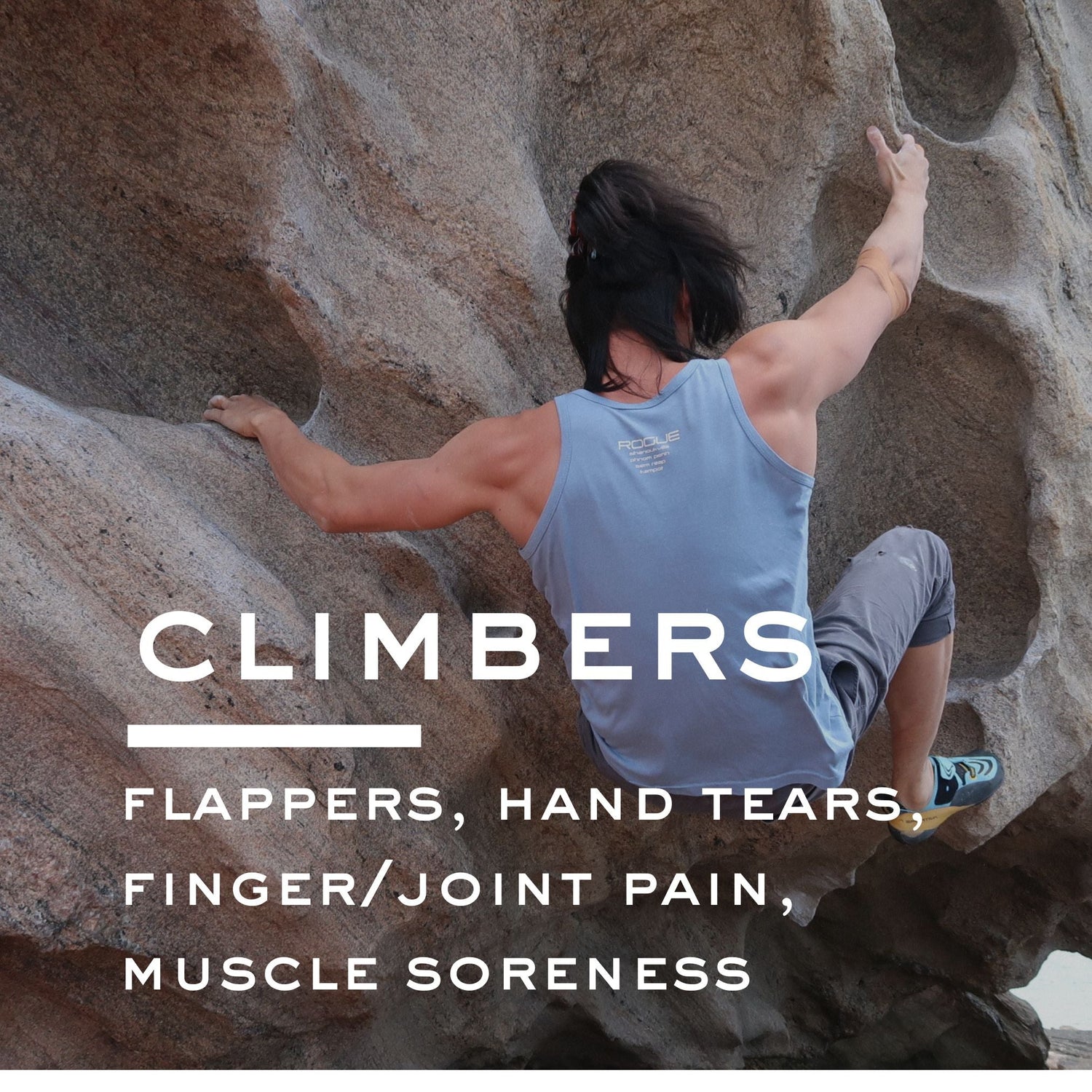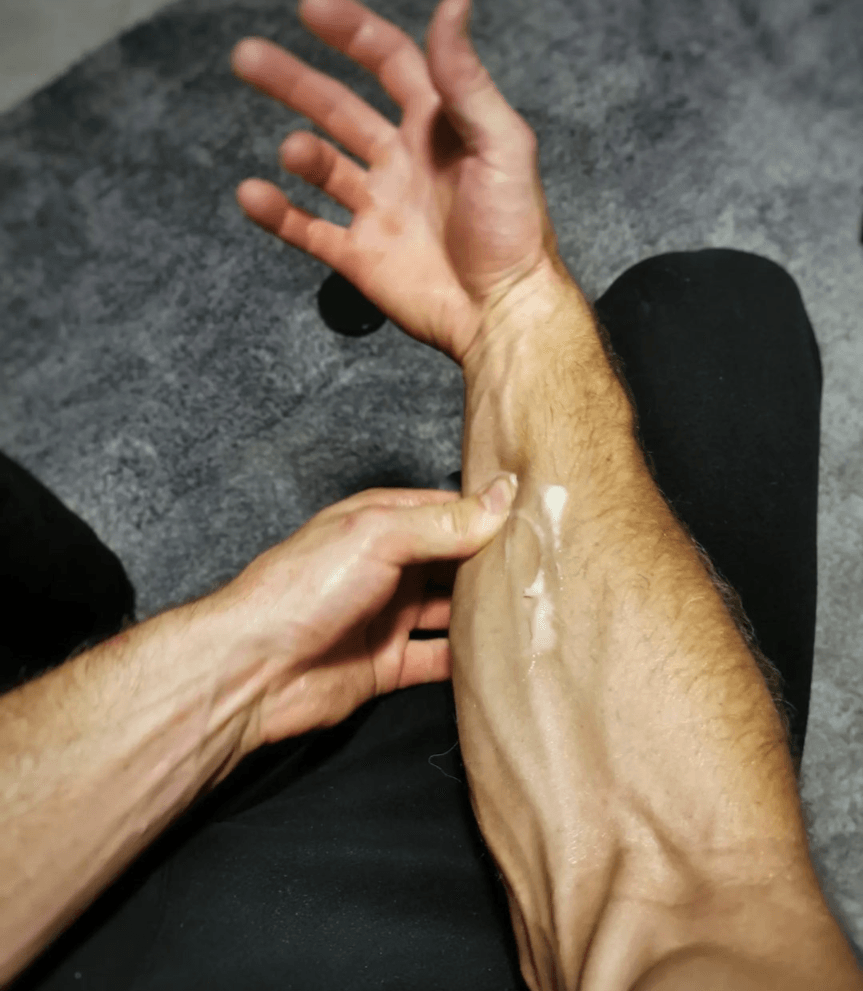Calluses.
Some call them their badges of honour and wear them proudly.
Some find them ugly and make them look old.
Calluses are inevitable and do not reflect your ability in the sport, think of it more as a rite of passage.
What are calluses and what causes them?
Calluses are basically thick, hardened layers of skin that develop when the skin tries to protect itself against friction or pressure. This skin that is on the surface is actually dead skin. They often form on feet and toes or hands and fingers. On the hands, they are typically formed on areas where there is ongoing rubbing against the skin.
Calluses are actually your body’s way of protecting the underlying skin from the irritation and pressure. They are harmless and are usually not painful. They can be useful and beneficial to your grip. However, if not taken care of properly, they can hinder your training progress.
In essence, calluses are essential to an athlete - they are as important as good nutrition or skill. Like any other tools, they must be maintained. Too much or too little of them can cause pain and blood if they rip.
However, unlike good nutrition or skill, proper hand care is not popularly taught. If you are serious about your sport, I’d recommend you to be serious and value hand care too.
So how do I take care of my hands and treat my calluses?
Here are 3 tips to help you take care of your hands and prevent any disruption to your training progress or daily activities.
#1 Build up some calluses

Having calluses is not a bad thing. As mentioned above, they are a way of protecting your skin from the repeated movement. They can also help with your grip. Performing movements such as lifting or pull ups requires your hands to ‘toughen’ up. In fact, the pressure applied on soft hands with little or no callus will cause blisters and makes your hand more susceptible to ripping.
#2 Shave down your thick calluses

If your hands are on the other extreme end of the spectrum and are filled with rough bumpy calluses, you’ll need to shape and smooth them by shaving and sanding your calluses.
Having thick, rough calluses increases the risk of a hand rip. Your callus can get caught in between the bar (or any other equipment you’re using) and the pressure of your bodyweight and cause a rip to happen.
Maintain your calluses by using SStuff’s pumice stone or callus shaver and keep your hands smooth. Ideally, your calluses should be smooth without any rough jagged edges so that there will be nothing to get caught on the bar. The best time to shape your calluses are after a shower when your skin is nice and supple.
However, avoid shaving and sanding your calluses too much as you might experience increased sensitivity and pain. Your goal is to thin your calluses so that they remain flexible, yet protective of your hands. They should move and assist in your movements, allowing you to grip things, pain-free!
#3 Moisturise your calluses

In addition to getting to the sweet spot of the right amount of calluses, moisturising your calluses is key to preventing your calluses from ripping. Dry calluses also increase your chances of a hand rip. Though chalk is important for gripping, it also dries out the skin. Once you’re out of the gym and done with chalk, wash it off and hydrate your skin. Moisturising with SStuff’s Skin Repair Balm is a great solution. Formulated with australian-sourced natural ingredients, this balm is designed to moisturise even the roughest and driest of skin. It can also help to repair any hand rips by promoting new skin cell growth and prevent rips by repairing the skin barrier. It assists in keeping your skin nice and hydrated. Keeping your skin pliable and your calluses flexible is a key factor in preventing rips. It is important to apply the balm daily to keep your calluses moisturised. I’d recommend applying the balm generously after your workout and/or before going to bed.
I’ve written in another article on some other things to take note of to avoid your calluses from ripping. Already have a rip? It’s not the end of the world.
Here are 5 easy steps to promote speed healing and repair your hand rip.
In summary, proper hand care is an important part of your training and should be part of your daily routine. Rips and tears should not be something to celebrate, they do not reflect on your hard work. In fact, they are a set back to your training and are not something to be proud of. Put in the work of maintaining your hands and calluses daily with the above 3 tips.
Remember, stay gripped, not ripped.





